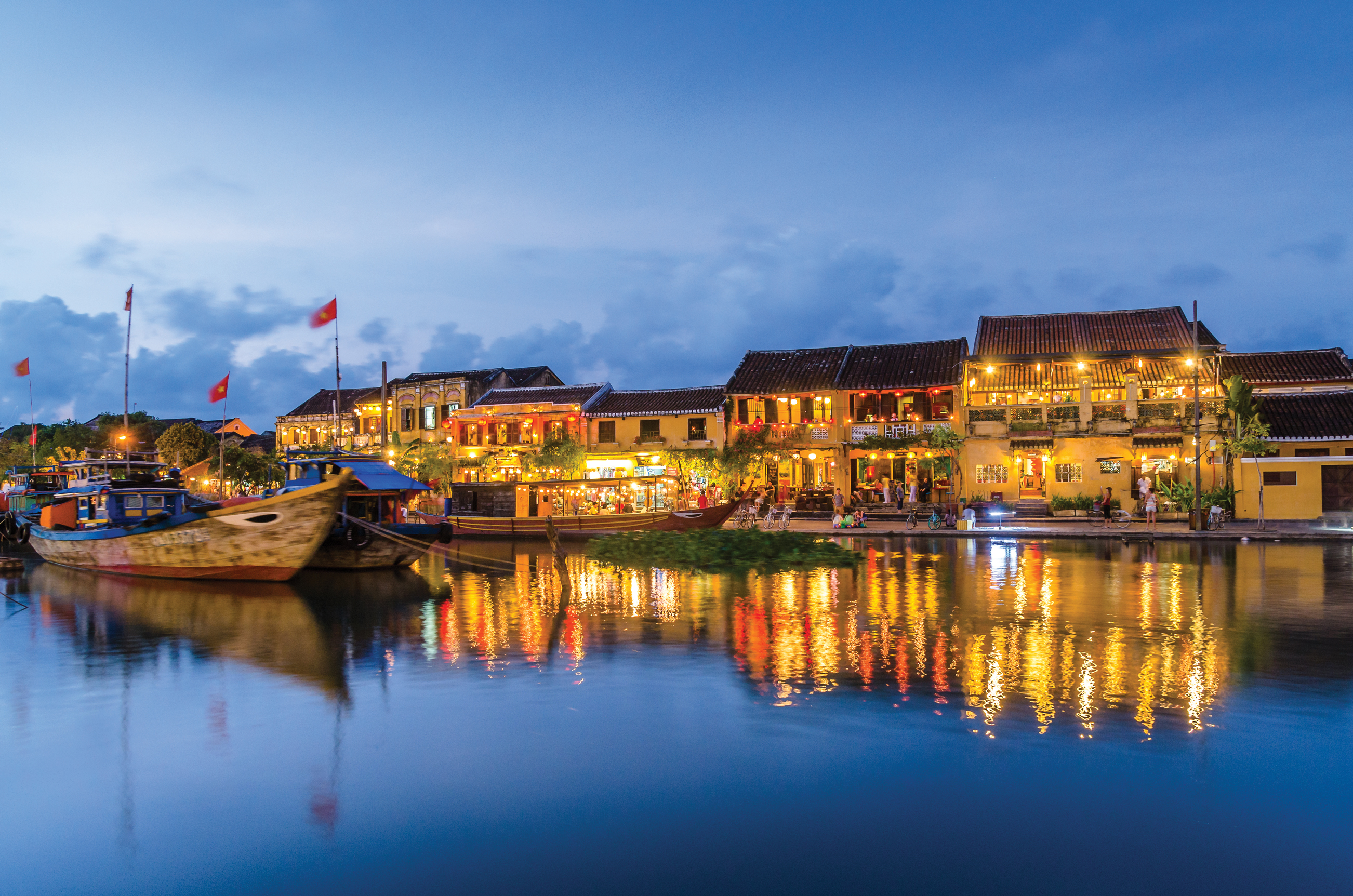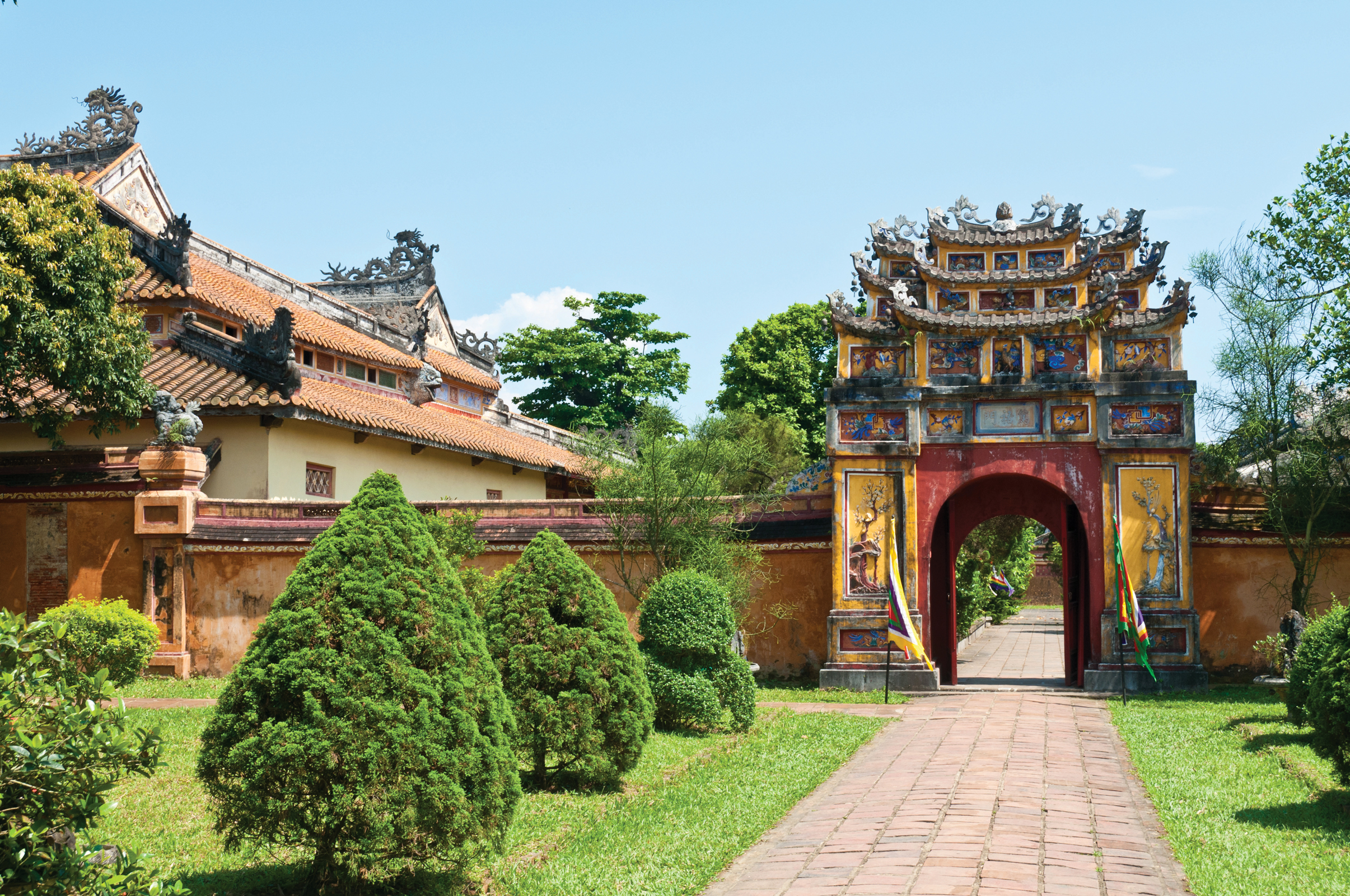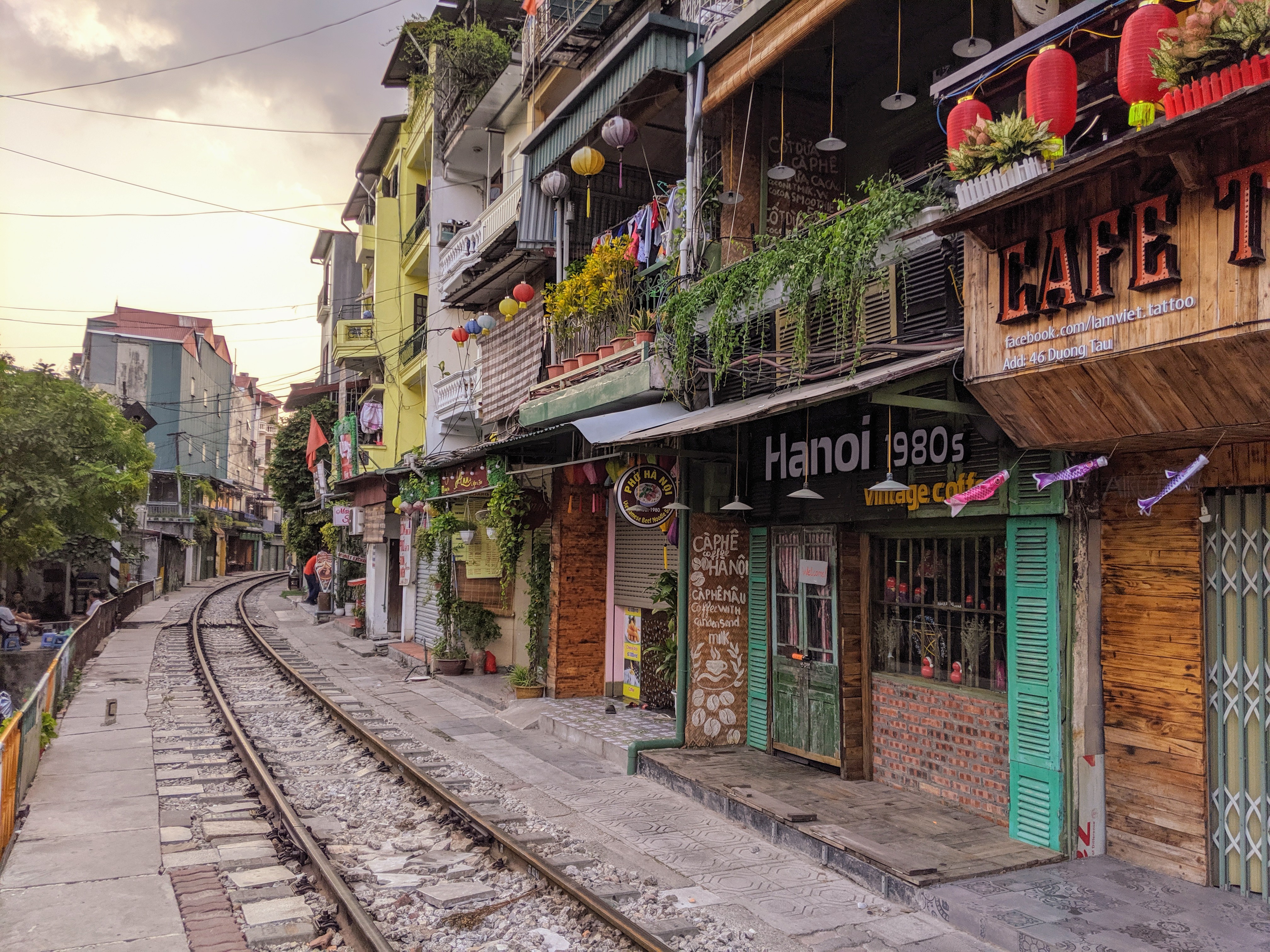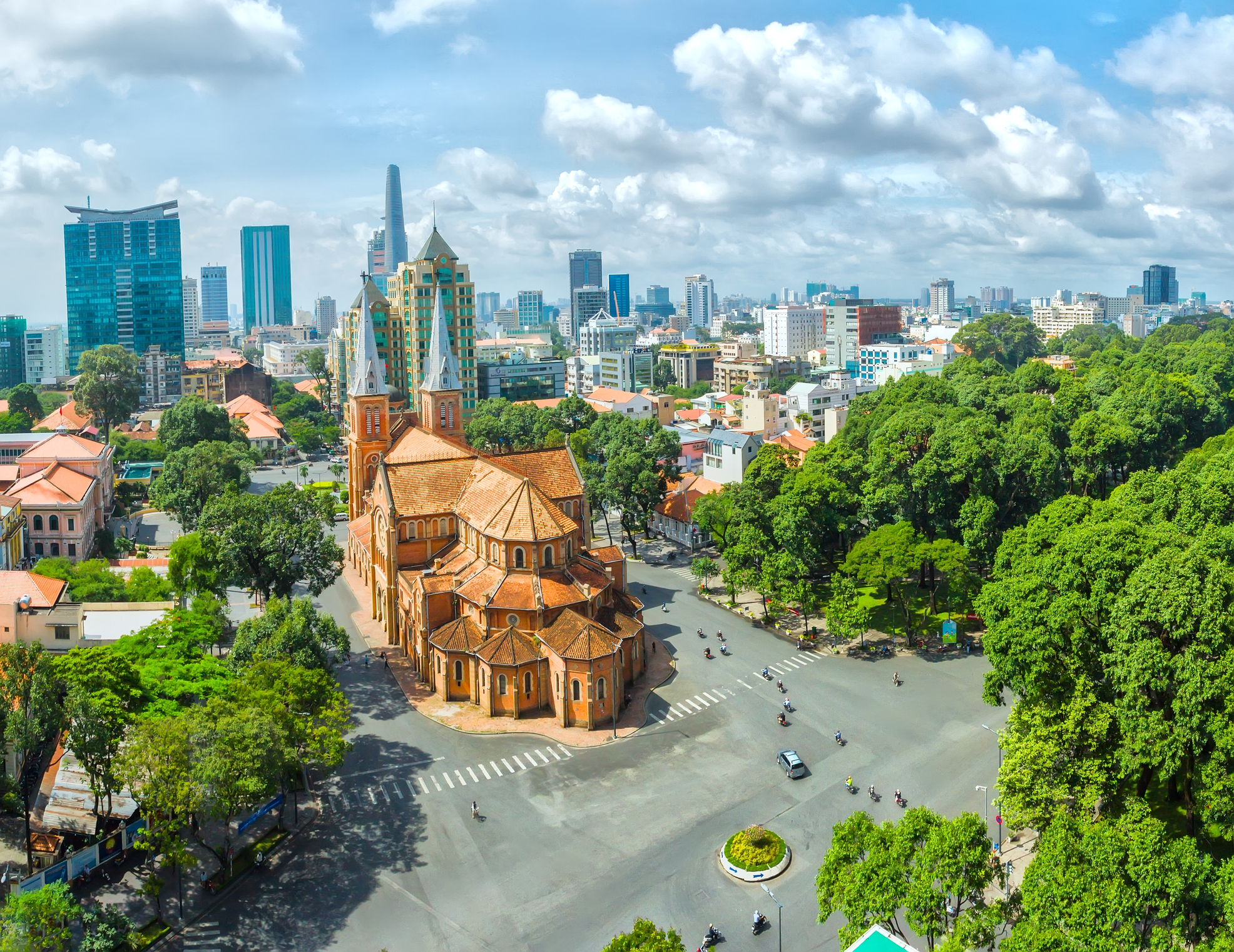
Hoi An
It may be best-known for its lantern festival and World Heritage architecture but, for us, Hoi An’s true appeal lies in its charming rural outskirts and mouth-watering foodie experiences.
It’s difficult to picture a town more consistently and beguilingly picturesque than Hoi An. Its lantern-strung streets are crowded with Chinese-style pagodas and timber-framed shophouses, their chipped plaster painted mustard yellow and festooned with bougainvillea. Its river jostles with sampans and coracles, spanned by a Japanese covered bridge more than two centuries old, while just a few kilometres downstream, beautiful beach resorts line a golden stretch of sand sweeping north up the coast.
As impressive as it is today, we can only imagine what it must have been like to visit Hoi An during its golden age, in the 15th-19th centuries, when a booming trade in exotic goods such as edible swallow’s nests and aloe wood drew ships from destinations as far-flung as Portugal, Japan, Holland and India. Now, the town's trade is in trinket shops, boutique hotels and swanky cafés rather than silks and spices -- but the influences it once drew from across the globe are still reflected in its character and architecture today.
Most tourists know Hoi An for its lantern festival, but this has grown from a quaint monthly event into a nightly tourist trap that’s best avoided. For us, the town’s true gems lie on its rural fringes, where you can wander leafy suburbs to see old men weaving basket boats, stop in at organic farms to pick fresh mangoes and coconuts, and cycle to villages along streets lined with areca palms and bamboo. And as if all that wasn’t enough – Hoi An is also home to some of the best foodie experiences in Vietnam, including street-food tours, cooking classes, and plenty of upmarket, riverside fusion cuisine.





